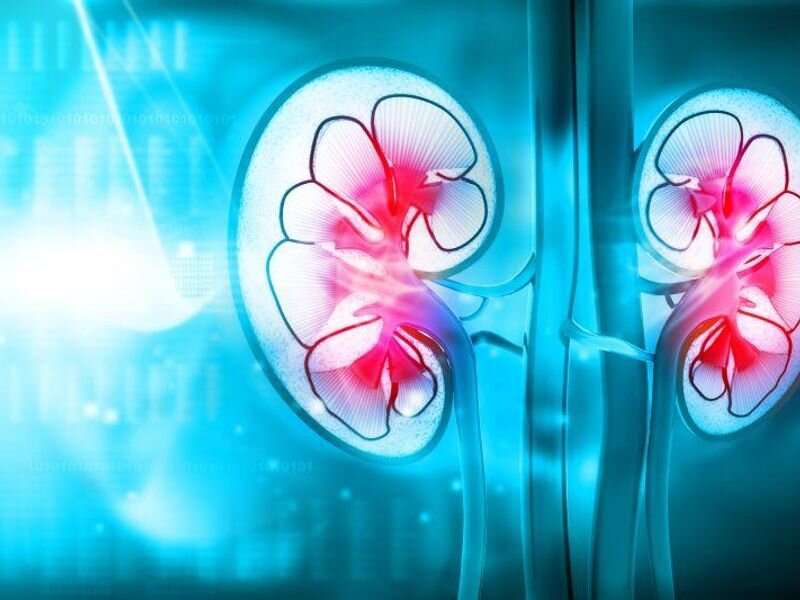A novel risk assessment tool can be used preoperatively to identify patients at risk for contrast-associated acute kidney injury (CA-AKI) after elective endovascular abdominal aortic aneurysm repair (EVAR), according to a study published online Feb. 28 in the Annals of Vascular Surgery.
Drew J. Braet, M.D., from the University of Michigan in Ann Arbor, and colleagues developed and validated a preprocedure CA-AKI risk stratification tool for elective EVAR patients. The derivation cohort included 7,043 patients, while the validation cohort included 62,986.
The researchers found that age (odds ratio [OR], 1.021), female sex (OR, 1.393), glomerular filtration rate (GFR) <30 mL/min (OR, 5.068), current smoking (OR, 1.942), chronic obstructive pulmonary disease (OR, 1.402), maximum abdominal aortic aneurysm (AAA) diameter (OR, 1.018), and presence of iliac artery aneurysm (OR, 1.352) were associated with increased odds of CA-AKI. The risk prediction calculator demonstrated a higher risk for CA-AKI after EVAR for patients with a GFR <30 mL/min, women, and patients with a maximum AAA diameter of >6.9 cm. Similarly, the validation cohort showed that GFR <30 mL/min (OR, 4.668), female sex (OR, 1.352), and maximum AAA diameter >6.9 cm (OR, 1.824) were associated with an increased risk for CA-AKI after EVAR.
"Prospective studies are needed to determine the efficacy of our model," the authors write.
More information: Drew J. Braet et al, A Novel Preoperative Risk Assessment Tool to Identify Patients at Risk of Contrast-Associated Acute Kidney Injury After Endovascular Abdominal Aortic Aneurysm Repair, Annals of Vascular Surgery (2023). DOI: 10.1016/j.avsg.2023.02.017
Copyright © 2023 HealthDay. All rights reserved.























